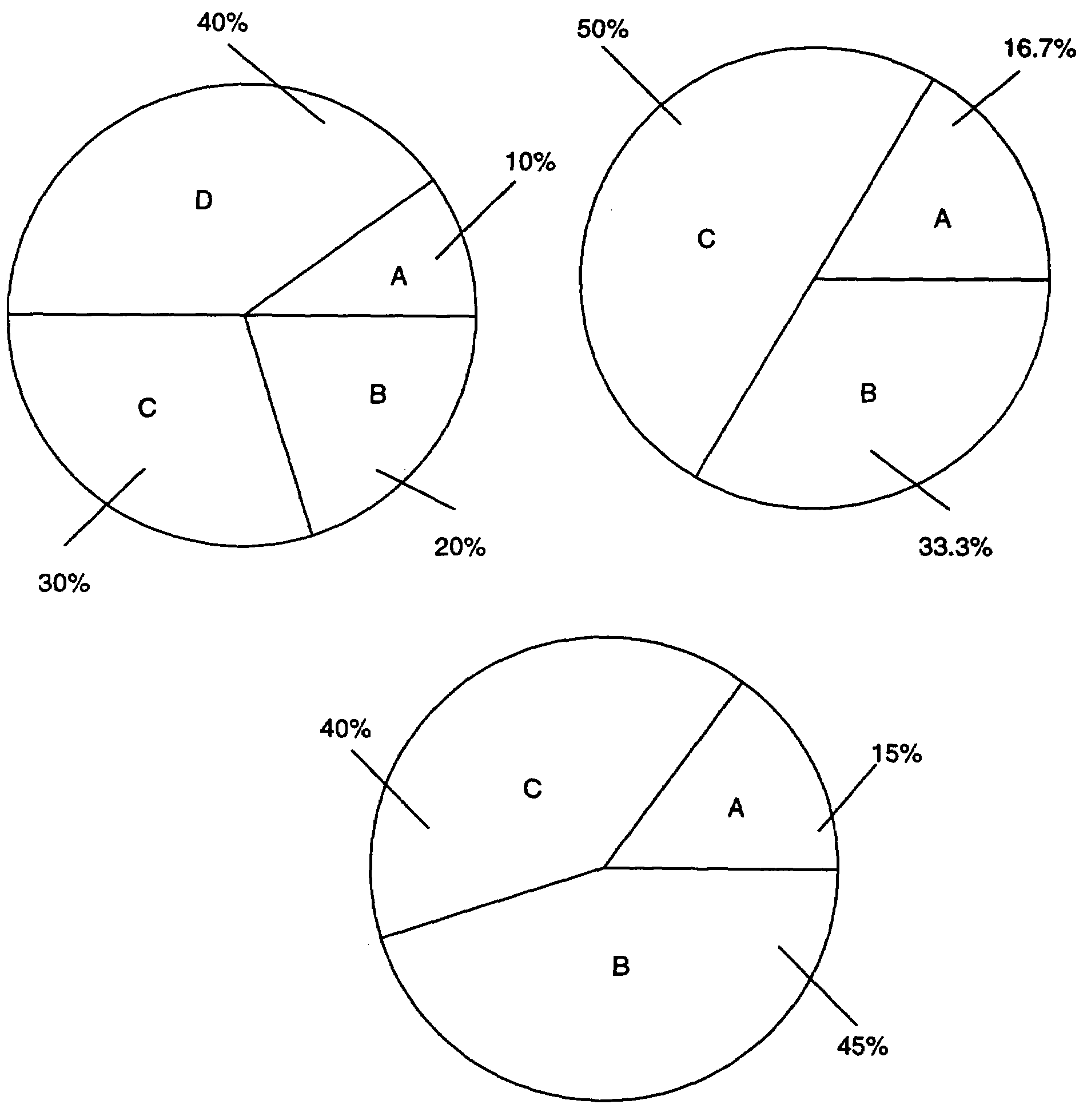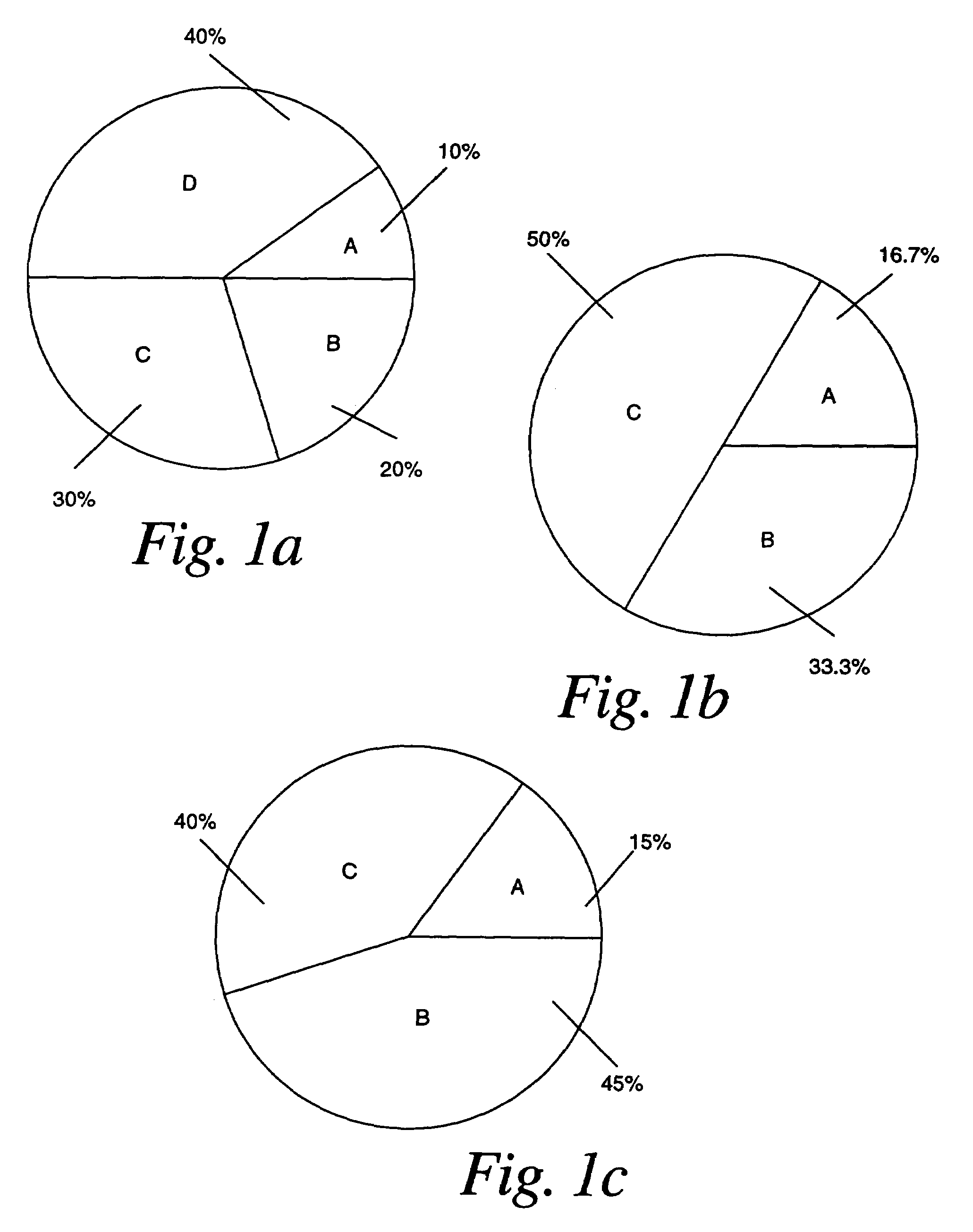Method and system for scaling of resource allocation subject to maximum limits
a resource allocation and maximum limit technology, applied in the field of computer software, can solve problems such as inactivity or inability of one group, and achieve the effect of efficient resource utilization
- Summary
- Abstract
- Description
- Claims
- Application Information
AI Technical Summary
Benefits of technology
Problems solved by technology
Method used
Image
Examples
Embodiment Construction
[0015]The system creates a software method for reallocating unused system resources, also called the excess entitlement, by detecting inactive groups and reapportioning those groups' entitlement shares, E(i), more efficiently. The method may operate on any system having limited resources allocated among various users or groups wherein each group is capped at a maximum limit, C(i), expressed as a percentage of the system resource. System resources may include any resource that is limited and allocated among groups, including, but not limited to, memory resources, CPU resources, bandwidth resources, etc. Groups refer to any process or set of processes that consumes or uses system resources and to which system resources have been allocated. Groups may include particular software applications running on the system, portions of applications running as separate groups of processes, or any other consumer of system resources. The method may be implemented on any system that allocates these ...
PUM
 Login to View More
Login to View More Abstract
Description
Claims
Application Information
 Login to View More
Login to View More - R&D
- Intellectual Property
- Life Sciences
- Materials
- Tech Scout
- Unparalleled Data Quality
- Higher Quality Content
- 60% Fewer Hallucinations
Browse by: Latest US Patents, China's latest patents, Technical Efficacy Thesaurus, Application Domain, Technology Topic, Popular Technical Reports.
© 2025 PatSnap. All rights reserved.Legal|Privacy policy|Modern Slavery Act Transparency Statement|Sitemap|About US| Contact US: help@patsnap.com



